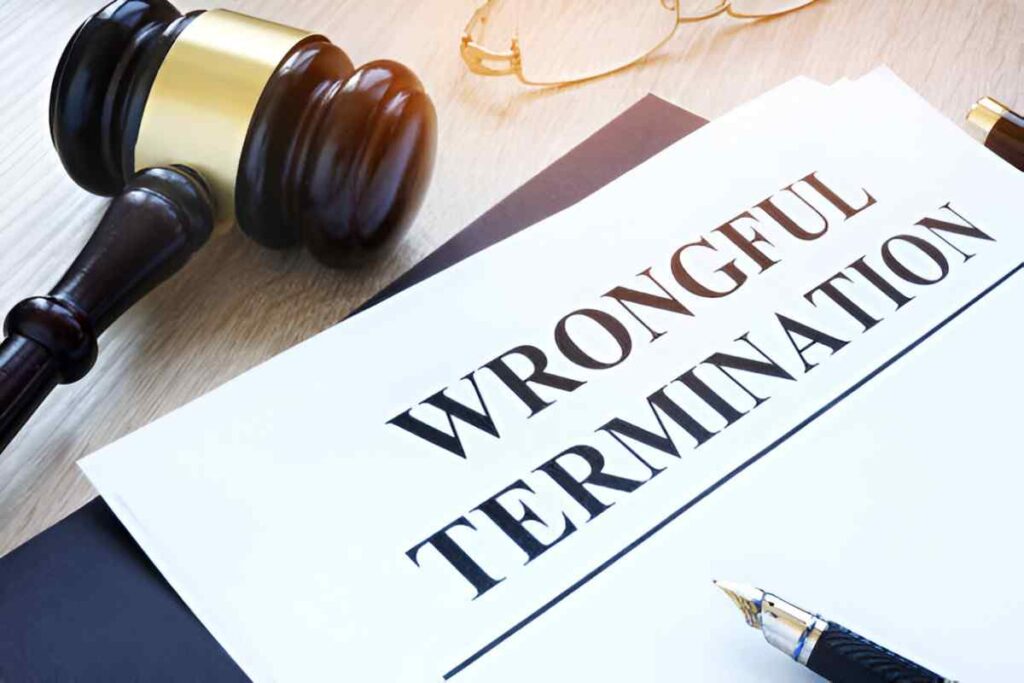Probate is a legal process that many people encounter but few fully understand. As someone who has navigated probate both professionally and personally, I know how overwhelming it can seem. In this guide, I break down probate in plain terms, covering its purpose, procedures, costs, and alternatives. Whether you’re an executor, beneficiary, or just planning your estate, this guide will help you grasp probate with confidence.
Table of Contents
What Is Probate?
Probate is the court-supervised process of validating a deceased person’s will, settling debts, and distributing assets to heirs. If there’s no will, state laws (intestacy laws) determine how assets are divided. The probate court ensures creditors get paid, taxes are settled, and beneficiaries receive what they’re entitled to.
Why Probate Exists
Probate prevents fraud by verifying the will’s authenticity. It also provides a structured way to resolve disputes among heirs. Without probate, creditors might struggle to collect debts, and beneficiaries could face legal battles over asset distribution.
The Probate Process Step-by-Step
Probate varies by state, but most follow a similar structure:
- Filing the Petition – The executor (if there’s a will) or an interested party files a petition in probate court to open the case.
- Notifying Heirs and Creditors – State law requires notifying potential heirs and creditors, usually via newspaper publication.
- Inventorying Assets – The executor compiles a list of the deceased’s assets and their approximate values.
- Paying Debts and Taxes – Creditors submit claims, and valid debts (including final income and estate taxes) are paid.
- Distributing Remaining Assets – After debts are settled, the court approves the distribution of remaining assets to beneficiaries.
- Closing the Estate – The executor submits final accounting, and the court closes the case.
How Long Does Probate Take?
Probate can take anywhere from six months to several years, depending on:
- The estate’s complexity
- Whether the will is contested
- State laws (some states have simplified probate for small estates)
For example, California probate typically takes 9–18 months, while Texas allows for expedited processes for estates under $75,000.
Costs of Probate
Probate isn’t free. Common expenses include:
| Expense | Typical Cost |
|---|---|
| Court filing fees | $100–$1,000 |
| Executor fees | 2–5% of estate value |
| Attorney fees | 3–7% of estate value |
| Appraisal fees | $500–$5,000 |
| Bond premiums | 0.5–2% of estate value |
For a $500,000 estate, probate costs could range from $25,000 to $50,000.
Calculating Executor Fees
Some states set executor fees by statute. For example, in New York, the fee is:
Fee = 5\% \times First\ \$100,000 + 4\% \times Next\ \$200,000 + 3\% \times Next\ \$700,000For a $500,000 estate:
Fee = (5\% \times \$100,000) + (4\% \times \$200,000) + (3\% \times \$200,000) = \$5,000 + \$8,000 + \$6,000 = \$19,000Avoiding Probate: Is It Possible?
Yes. Common probate-avoidance strategies include:
- Living Trusts – Assets in a trust bypass probate.
- Joint Ownership – Property with rights of survivorship automatically transfers.
- Payable-on-Death (POD) Accounts – Bank accounts with named beneficiaries skip probate.
- Transfer-on-Death Deeds – Some states allow real estate to transfer without probate.
Pros and Cons of Avoiding Probate
| Strategy | Pros | Cons |
|---|---|---|
| Living Trust | Avoids probate, private | Upfront cost, maintenance |
| Joint Ownership | Simple, immediate transfer | Loss of control, creditor risks |
| POD Accounts | Fast, no probate | Limited to financial accounts |
Common Probate Disputes
Disputes often arise over:
- Will validity – Was the will signed under undue influence?
- Executor misconduct – Did the executor mismanage assets?
- Asset distribution – Did someone get unfairly excluded?
Example: Contesting a Will
Suppose a sibling claims their parent was coerced into changing the will. The court examines:
- Medical records (mental capacity)
- Witness testimony (signing conditions)
- Previous wills (sudden changes)
If the court voids the will, the estate may pass under intestacy laws.
Probate and Taxes
Probate estates may owe:
- Federal Estate Tax – Only if the estate exceeds $12.92 million (2023).
- State Estate/Inheritance Tax – Some states (e.g., Oregon, Maryland) impose additional taxes.
Calculating Estate Tax
For a $15 million estate in 2023:
Taxable\ Estate = \$15,000,000 - \$12,920,000 = \$2,080,000 Estate\ Tax = \$2,080,000 \times 40\% = \$832,000Probate vs. Non-Probate Assets
Not all assets go through probate. Key differences:
| Probate Assets | Non-Probate Assets |
|---|---|
| Solely owned real estate | Jointly owned property |
| Individual bank accounts | Retirement accounts with beneficiaries |
| Personal belongings | Life insurance proceeds |
State-Specific Probate Rules
Probate laws differ by state. Key variations:
| State | Small Estate Limit | Probate Timeline |
|---|---|---|
| California | $166,250 | 9–18 months |
| Florida | $75,000 | 6–12 months |
| Texas | $75,000 | 6–9 months |
Final Thoughts
Probate can be complex, but understanding it helps you plan better. If you’re drafting a will, consider consulting an estate attorney to explore probate-avoidance strategies. If you’re an executor, keep meticulous records to avoid disputes. And if you’re a beneficiary, know your rights—probate doesn’t have to be a mystery.





